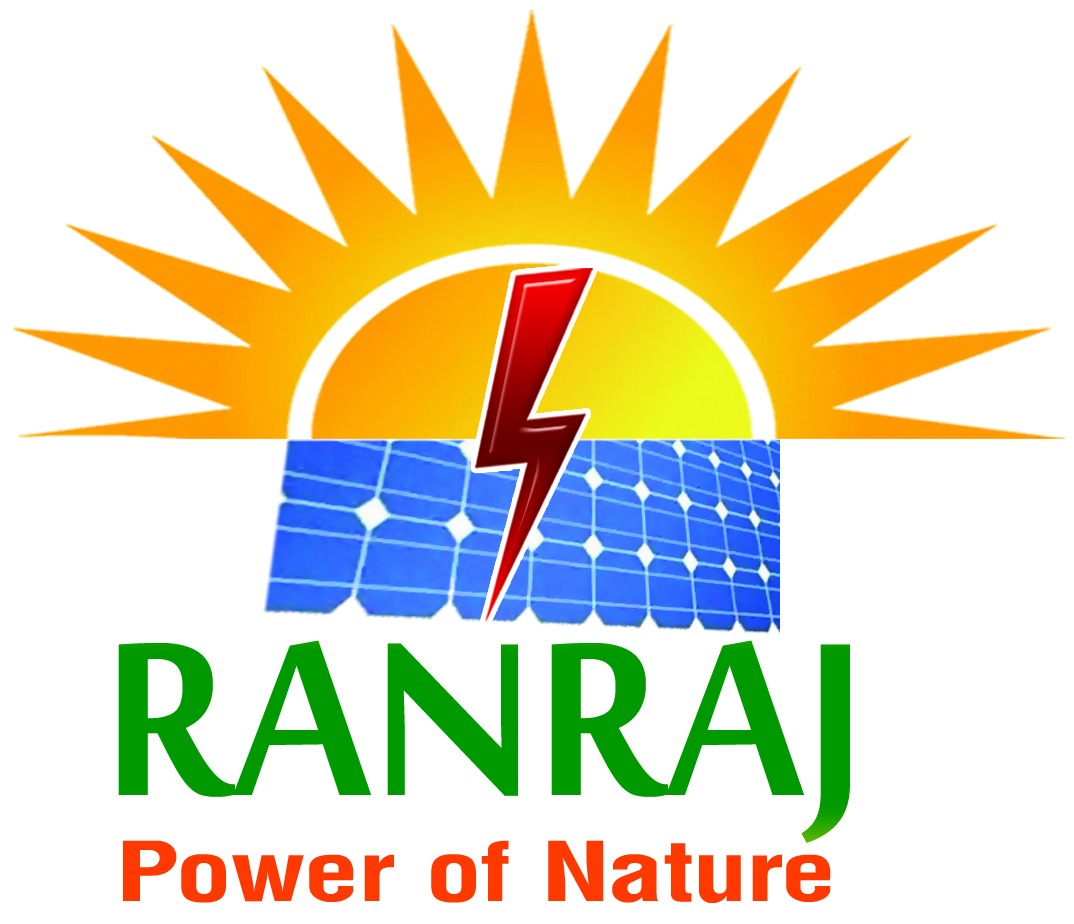LED Street Lights are advanced outdoor lighting solutions designed to illuminate roads, highways, residential streets, and public areas with energy-efficient, high-lumen output. These lights have quickly become the global standard for street lighting due to their low power consumption, long lifespan, minimal maintenance needs, and eco-friendly performance.
LED street lights are engineered with robust, weather-resistant bodies — often made from die-cast aluminum with IP65 or higher ratings — making them suitable for all climates. They are also designed to withstand dust, rain, heat, and high winds, ensuring long-term performance without frequent replacements.
With a lifespan of up to 50,000 hours or more, LED street lights offer outstanding reliability and cost-effectiveness for both urban and rural infrastructure projects. Their uniform light distribution, minimal glare, and low maintenance make them the ideal choice for modern lighting needs.
LED Street Lights operate using advanced solid-state lighting technology that ensures powerful illumination, energy efficiency, and long service life. Here's a step-by-step breakdown of how they work:
Conventional LED Street Lights are connected to the main power supply (AC), usually ranging from 100V to 270V.
Solar LED Street Lights use solar panels to convert sunlight into electricity, which is stored in a battery for nighttime use.
Once powered, LED (Light Emitting Diode) chips emit light when an electric current passes through a semiconductor. These LEDs are highly efficient and convert most of the energy into light rather than heat.
LEDs are fitted with precision lenses or reflectors that direct the light downward, creating a focused beam with minimal light pollution. This ensures uniform street coverage and better road visibility.
To protect the LEDs and extend their lifespan, LED street lights include an aluminum heat sink or thermal fins that dissipate excess heat efficiently, even during long hours of operation.
Advanced models come with smart features such as:
Automatic on/off sensors (dusk-to-dawn operation)
Motion sensors to brighten only when movement is detected
Dimming functions to reduce brightness during off-peak hours
Remote monitoring via IoT or centralized systems
Solar maintenance is essential to ensure the optimal performance and longevity of solar power systems.
Easy installation refers to a simple, hassle-free setup process that requires minimal tools, time.
Renewable energy is energy derived from natural sources that are constantly replenished.
Energy saving refers to the practice of using less energy to perform the same task, reducing energy waste.
An energy solution refers to a system or service designed to meet energy needs efficiently.
Certified engineers are professionally trained and accredited individuals who have met.
A Money Back Guarantee assures customers that they can receive a full refund if they are not satisfied.
Technical support is a service provided to help customers troubleshoot and resolve.
